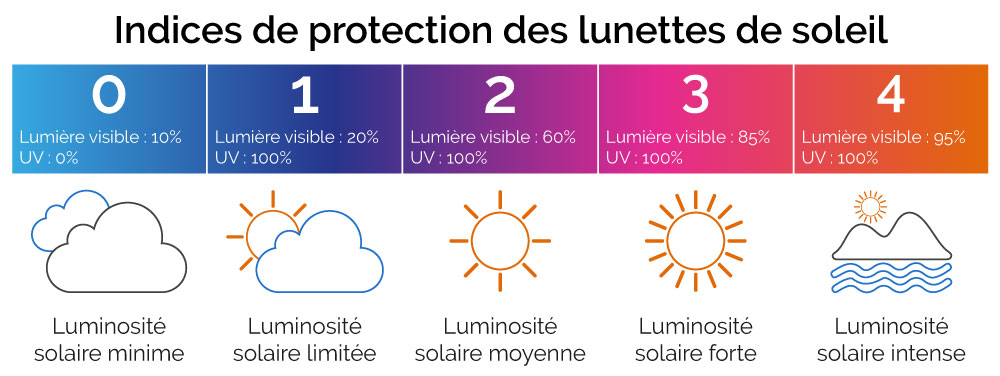The ski mask has become the essential accessory to spend a peaceful day. It will protect your eyes from the sun, cold, humidity and snowflakes. The mask will also increase visibility on an overcast day.
The Valemont experts have prepared this guide for you to help you choose your ski goggles.
Comfort
With the UV protection index, comfort is the most important things. No need to wear a mask that marks your skin and leaves marks on your face after hours. There are different sizes of frames, from the thinnest for children to the widest for adults and large faces. Several foam comforts are available with one or two densities of foam plus a textile layer. Some brands even offer to adapt the curvature of the frame to the shape of your face as it is possible to do with ski boots and the shape of your foot (Bootfitting).
Index Level of Protection
As with sunglasses, the masks have UV protection indices ranging from 1 to 4. The index 3 is the classic level because it provides 100% protection on a sunny day. Index 4 is recommended on glaciers or for the most fragile eyes. Index 1 and 2 will be reserved for foggy or cloudy days. Photochromic screens adapt to the brightness of the moment, going from index 1 or 2 to index 3 or 4 automatically.
 |
 |
Spherical or Cylindrical Shape
You will notice that the masks are not all the same shape. Some appear “flat” while others are “bubble” shaped. The first is said to be “spherical” and the second “cylindrical”. A “spherical” mask has a two-dimensional (horizontal) curve, while a cylindrical goggle is three-dimensional (horizontal and vertical). The cylindrical will bring better optical quality and less distortion with a more modern look. It will also be more expensive.

Glasses Color
Not all glasses have the same color. This is often a personal choice depending on your style. Green glass will accentuate this color present in your environment. Yellow glass will increase the contrasts. Gray glass will come the closest to the reality of the day while Brown glass will provide better comfort.
Fog Management
Very important elements for safety on the slopes, your mask must not fill with mist. The masks have a single or double screen. Simple screens have an interior treatment to limit the emergence of fog. Double screens are like double glazing on the windows of your home and will prevent condensation. This double screen can also be ventilated, which will further limit the appearance of fog. But with any revolution its reverse, this dual screen must be efficient, the slightest breakage will render it ineffective.
Goggles OTG (Over the Glasses)
People who wear eyeglasses do not always have contact lenses. The 'OTG' masks are designed to be worn over your prescription glasses. They are oversized in terms of depth, to leave an air gap between the glasses and the mask screen. The foam has special cutouts to let the frame of the glasses pass without hurting.
Quick Change Glasses
The most puristic skiers will want a mask that is perfectly suited to the situation. For that, you need a glass for every situation and you can opt for a quick-change screen. Depending on the range of your material, the glass is fixed by clips, swivel or magnet.
Buying guides and advices
Valetmont expert give you the best advices for your outdoor equipment